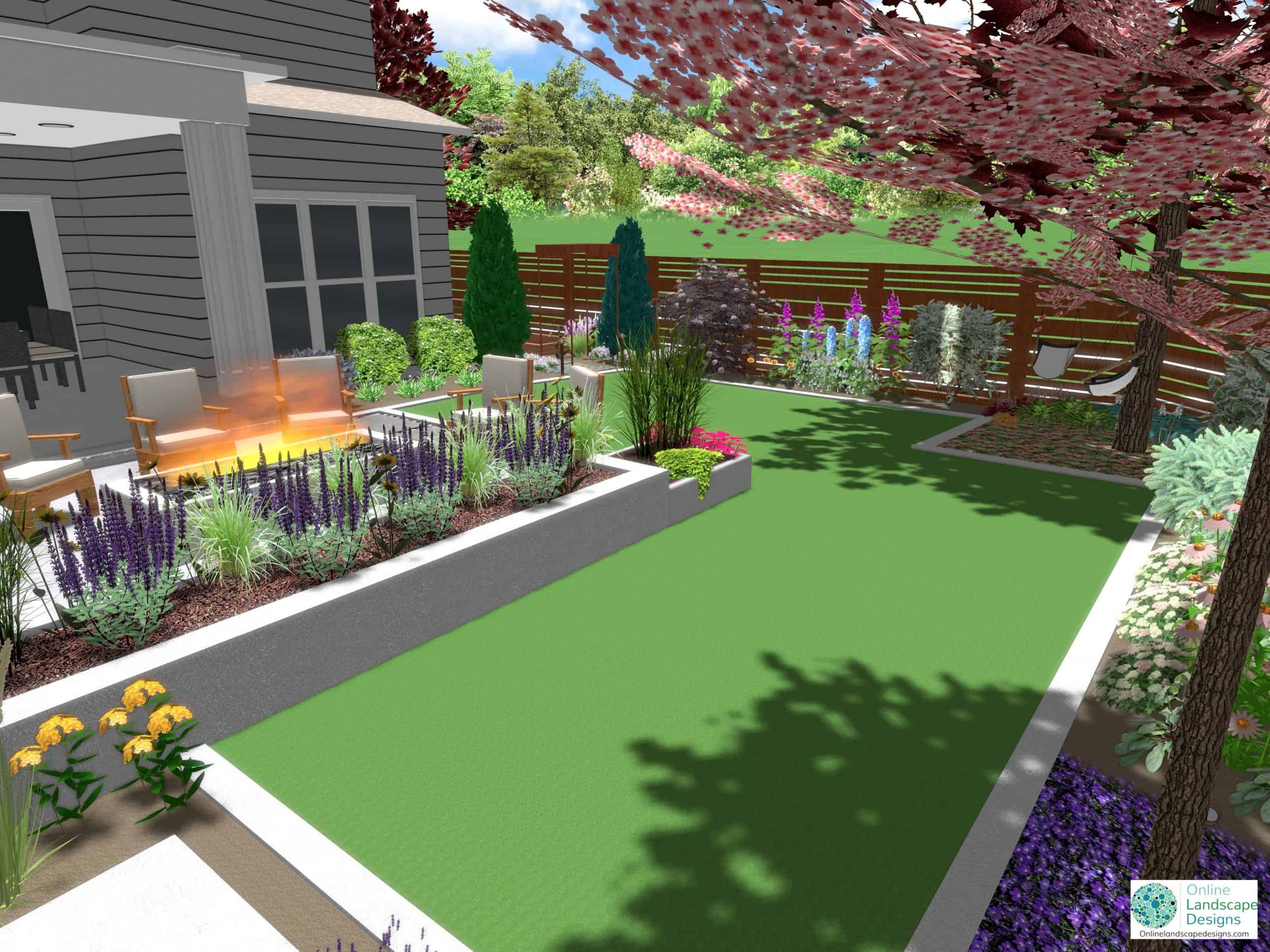Effortless Landscaping: Savor Your Garden with Less Effort

Landscape design can convert your outdoor space into a beautiful oasis, but the thought of maintaining it often feels daunting. For active homeowners or those simply looking to enjoy their garden with less effort, low-maintenance landscaping offers an perfect solution. By choosing the appropriate plants, designs, and features, you can create a stunning landscape that needs minimal upkeep, permitting you to spend more time unwinding and fewer time laboring in the yard.
In this article, we will delve into various facets of low-maintenance landscaping, from the benefits of hiring a skilled service to DIY tips for designing an easy-care garden. Whether you want to increase your property’s value or create a vibrant outdoor space that attracts pollinators, we’ll guide you through the basics of efficient landscaping. Get ready to uncover how straightforward choices can lead to a lovely and pleasurable garden that complements your lifestyle without needing constant attention.
The Value of Professional Landscaping
Spending on quality landscaping will enhance your outdoor space, turning it into a stunning and useful area. If you own a home or a commercial property, the right landscaping might enhance front appeal, bring in customers, and provide a friendly atmosphere for guests. Expert landscapers bring skill in design and vegetation selection, ensuring that your landscape remains both beautiful and suitable for your area's climate and soil conditions.
Using a landscaping service meanwhile saves you time and effort. Maintaining a garden takes knowledge and dedication, and many homeowners find themselves lacking the time to learn the ins and outs of landscaping. Expert landscapers possess the experience to manage everything from lawn care and seasonal maintenance to the installation of detailed designs. This allows you to take pleasure in your outdoor space without the burden of constant upkeep.
Furthermore, the monetary benefits of quality landscaping can be significant. A properly looked after landscape can increase property value substantially, sometimes by as much as 15 percent. find more information on investment is often especially appealing for homeowners and business owners alike, making expert landscaping not just a luxury but a smart financial decision as well. Through the proper service, you can ensure that your landscape not only meets your needs but also stands the test of time.
Easy-Care Garden Techniques
Designing a simple-care landscape starts with careful preparation and planning. Opting for local plants can significantly reduce the quantity of time and necessary for care. Native plants are suited for the local climate, soil, and pests, which means they typically require less watering, fertilizing, and pesticides. Using perennials as opposed to annuals also helps, as perennials return year after year without needing to replant, ensuring sustained beauty with little effort.
Another successful strategy is implementing hardscaping features. Elements such as decks, paths, and garden edging made from stone, masonry, or wood can dramatically reduce lawn area and the need for extensive plant care. Hardscaping not only provides usable outdoor living areas but also establishes a aesthetic environment that requires minimal upkeep. Additionally, using mulch around plants can help preserve moisture in the soil, suppress weeds, and minimize the need for frequent landscaping tasks.
Lastly, consider designing a garden that focuses on water-wise and low-water plants. Drought-resistant landscaping techniques involve choosing plants that do well in dry conditions, thus lowering the requirement for irrigation. By grouping plants with the same water needs together and including efficient watering systems like soaker hoses, maintaining a thriving garden is much easier. These methods make gardening satisfying without added stress, allowing homeowners to appreciate their yards with less effort.
Eco-friendly Gardening Practices

Sustainable landscaping focuses on developing a balance between aesthetic appeal and environmental stewardship. One key method is selecting native plants that thrive in your area without the need for excessive irrigation, nutrients, or chemicals. Indigenous plants are suited to the local weather and soil conditions, making them more resilient and less labor-intensive. Integrating these plants into your landscape not only bolsters local habitats but also lowers water consumption, thus promoting a more vibrant environment.
Another important aspect of eco-friendly gardening is implementing water-saving practices, such as xeriscaping, which focuses on drought-tolerant plants and effective irrigation methods. By designing a garden that requires little water, property owners can reduce their water bills and conserve precious water. Drip irrigation systems, rain barrels, and mulch applications are effective solutions to collect and utilize rainwater, keeping your garden hydrated while minimizing waste.
Ultimately, prioritizing eco-friendly resources and techniques in hardscaping can help diminish your environmental footprint. Opting for permeable materials for patios and walkways allows rainwater to filter into the ground, lessening runoff and preventing soil erosion. Additionally, the employment of reclaimed wood or upcycled materials for elements like barriers or planters enhances the eco-friendliness of your design. By incorporating these strategies, you can create a stunning garden that enhances your outdoor space and promotes a sustainable planet.
